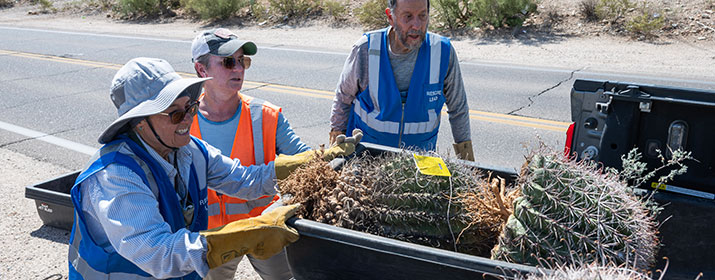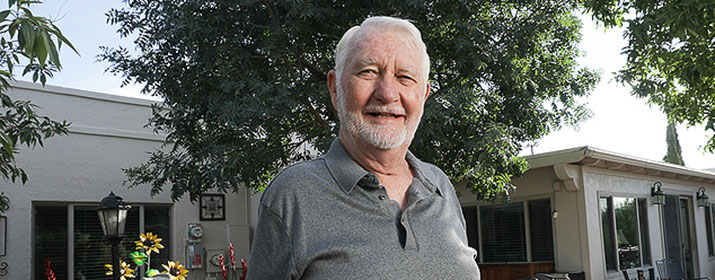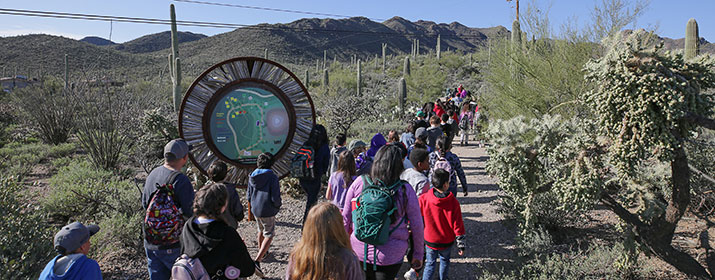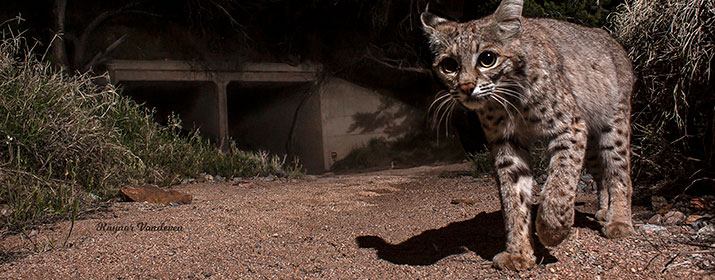
Native plants and cactuses now enhance new areas of Pima Community College’s West Campus after their careful relocation ahead of a TEP infrastructure project.
TEP collaborated with the college to find suitable places for native desert plants that could have been impacted by construction and upgrades along Anklam Road.
This is one of many cactus and plant rescue projects that TEP has undertaken over the years as our teams carefully preserve native landscapes during essential upgrades and construction projects. Currently, TEP is relocating thousands of plants as part of the 64-mile Vail to Tortolita transmission line project.
Jenna Reilly, TEP Environmental and Land Use Planner, said Pima Community College’s effort reflects both organizations’ commitments to the preservation of the unique Sonoran Desert ecosystem. The collaboration blends TEP’s focus on environmental stewardship and community engagement.
“This project is a great example of how local partnerships can have a lasting impact,” Reilly said. “By working together, TEP preserves native flora, helps Pima Community College meet its sustainability targets, and provides compliance activities for the planned TEP work.”
TEP’s Land Resources department contracted with Brightview Landscaping to safely move the plants from the project’s path. Related to the Vail to Tortolita project, TEP is making upgrades for a joint project with Western Area Power Administration for overhead lines in that area.
At Pima College, TEP moved 11 ocotillos, two mammillaria and two saguaros. The plants and cactuses are now in landscaped areas near parking lots and buildings, adding beauty to the campus and providing additional greenery.
The effort supported the college’s broader sustainability goals outlined in its Climate Action and Sustainability Plan, which includes fostering community partnerships to promote environmental responsibility.
Audrey Keefe, Supervisor of Maintenance and Grounds at Pima, thanked TEP for its engagement and continued commitment to sustainability.
“This project wasn’t just about saving native plants and beautifying our campus,” Keefe said. “It also helped strengthen our stewardship of the land and build a meaningful partnership for future efforts. TEP was easy to work with, and we truly appreciated their thoughtful approach.”






